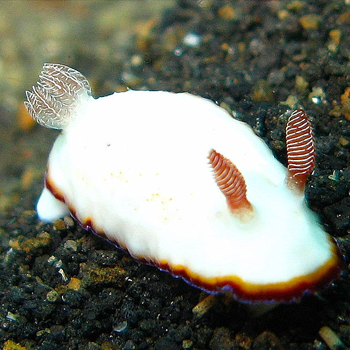What controls how fast a chemical reaction occurs?
1 Answer
Temperature, pressure, concentration, nature of reactants (multiple reasons), catalyst, solvent.
Explanation:
Quite a few things can affect the reaction rate. I will go in order of what I have listed above. What I have written above it what affects reactions rates. The following is an explanation of each.
First are temperature and pressure.
Temperature is proportional to the average kinetic energy. At lower temperatures, things move more slowly. Increasing the temperature increases the reaction rate.
Pressure affects a reaction similarly to temperature. If you increase the pressure, there will be more collisions between reactants. This increases the reaction rate.
Next is concentration.
If you increase the concentration of the reactants, you increase the frequency of collisions between reactants.
Next is the nature of reactants.
There are a few reasons why this is important. First deals with the surface area/particle size. If you have a giant molecule or particle that is being reacted with, the reaction will take a longer time. The reaction may not be able to occur if the particle is too big, thus blocking or hindering the reaction site. If you break down large particles, you increase the surface area. This allows for more reaction sites available.
Another thing is the state of matter. Gases react more quickly as they have higher kinetic energies than liquids and solids. In solutions, aqueous ions react more quickly than solids in solution. This is due to aqueous ions being mobile in solutions.
A third thing about the nature of reactants is the chemical bonds. It is much harder to break a triple bond than a double or single bond.
Next is catalysts.
The presence of a catalyst increases the reaction rate by decreasing the activation energy. Catalysts can provide an alternative mechanism. Catalysts can also help out with orientation. Catalysts are regenerated by the end of the reaction.
Last is solvent.
More viscous solvents slow down particles, which decreases reaction rate. Lower concentrations of solvent increases the concentration of reactants; thus, the reaction rate increases.


